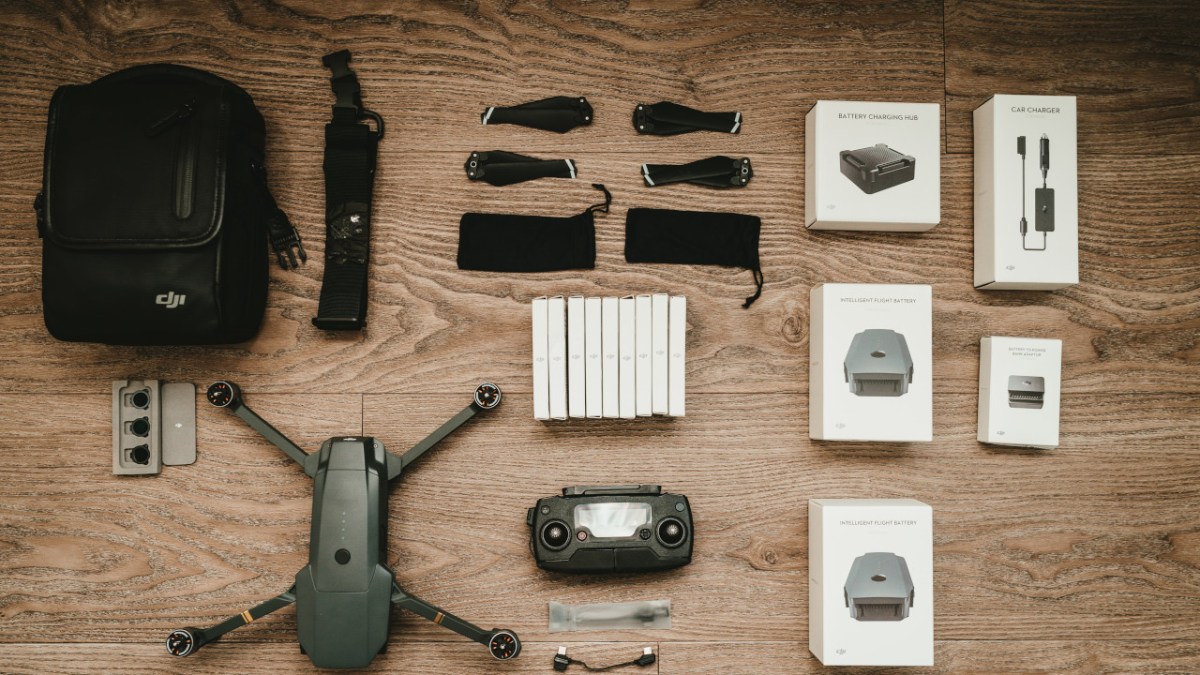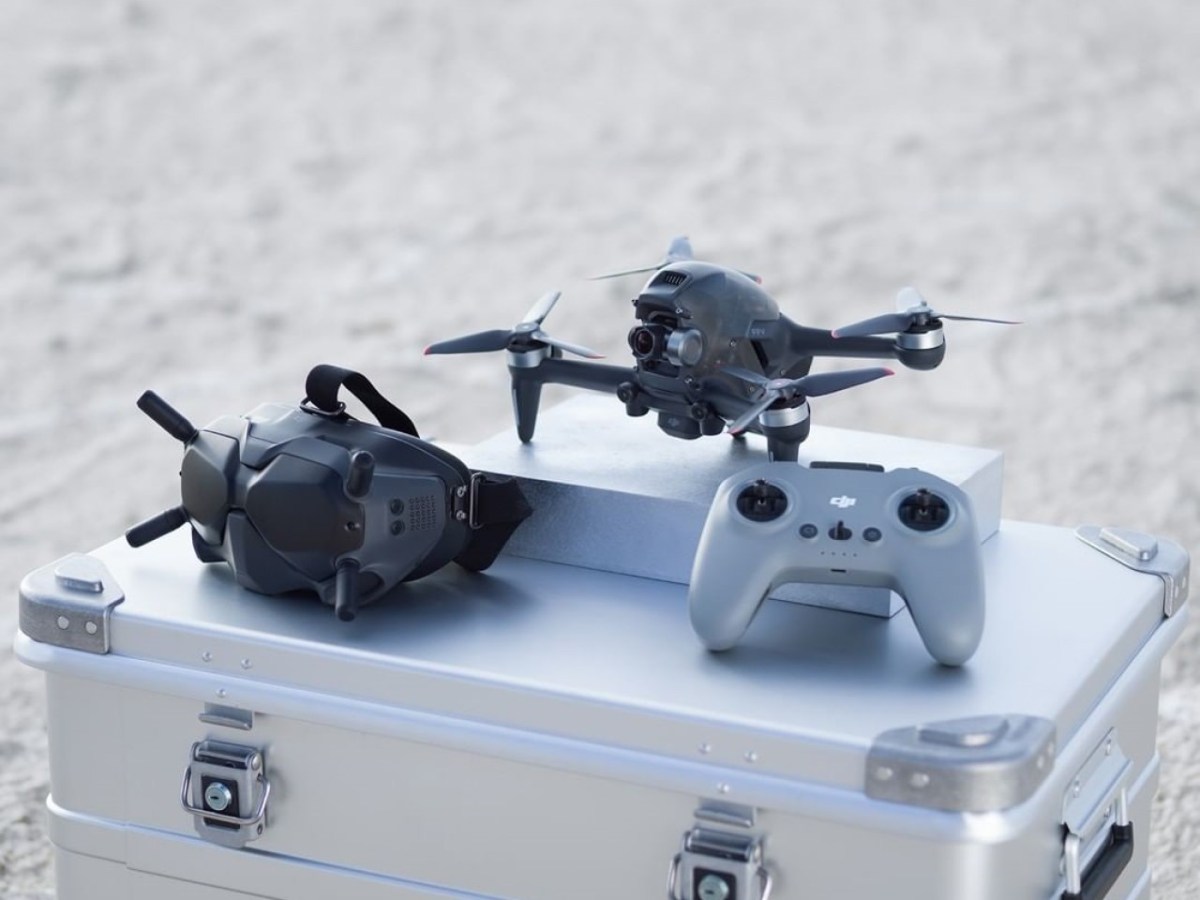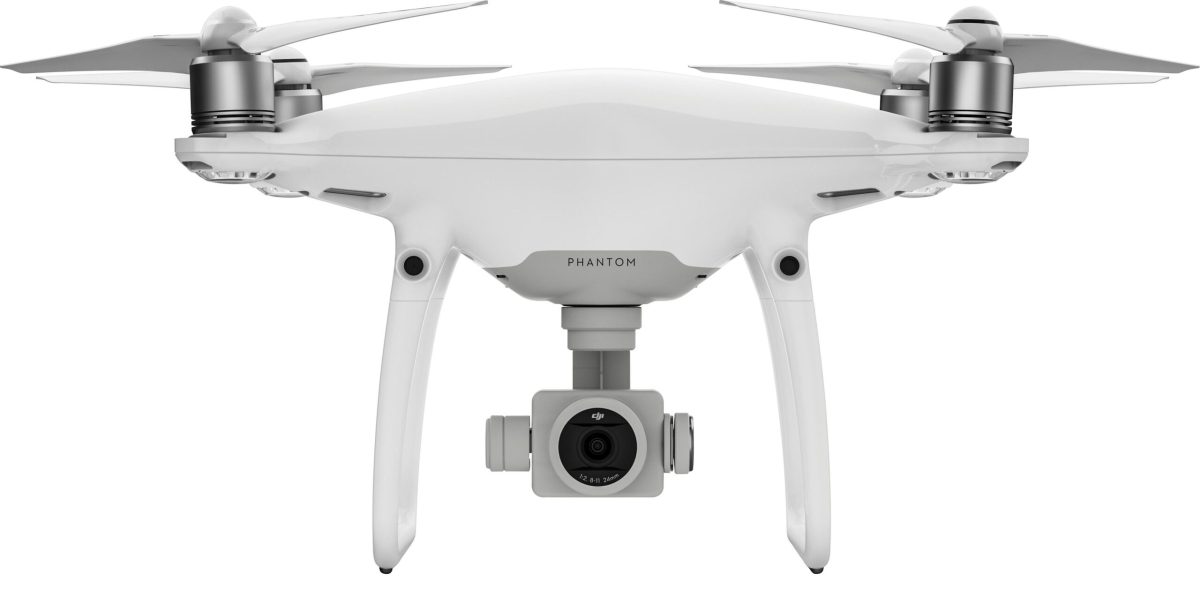DJI Flip Drone Only: Dive into the world of compact, powerful aerial photography and videography. This guide explores everything you need to know about these surprisingly capable drones, from choosing the right model to mastering advanced flight techniques and capturing stunning visuals. We’ll cover flight performance, image quality, ease of use, essential accessories, safety protocols, and real-world applications, ensuring you’re fully equipped to unleash the potential of your DJI Flip drone.
We’ll compare different DJI Flip drone models, highlighting their unique features and target audiences. You’ll learn about intelligent flight modes, troubleshoot common problems, and discover creative ways to utilize your drone for breathtaking aerial shots. Whether you’re a beginner or an experienced pilot, this guide will enhance your drone flying experience.
So you’re looking at DJI flip drones only? That’s cool! For really creative shots, though, think about adding some visual flair; check out this article on the puffing camera for some seriously unique effects. Getting back to those DJI flips, remember to always check your battery life before taking off – you don’t want to lose your awesome footage!
DJI Flip Drone Models: A Comparative Overview
DJI’s Flip series offers a range of compact, user-friendly drones perfect for capturing stunning aerial footage. This section provides a detailed comparison of the different models, highlighting their key features, target audiences, and relative strengths and weaknesses.
DJI Flip Drone Model Specifications
| Model | Camera Resolution (Photo/Video) | Flight Time | Range |
|---|---|---|---|
| DJI Mini SE (Example) | 12MP/2.7K | 30 minutes | 6km |
| DJI Mini 3 Pro (Example) | 48MP/4K | 34 minutes | 12km |
| DJI Mavic Mini (Example – discontinued, for comparison) | 12MP/2.7K | 30 minutes | 4km |
| Hypothetical DJI Flip 4 (Example) | 64MP/8K | 40 minutes | 15km |
DJI Flip Drone Model Features and Target Audience
Each DJI Flip drone model caters to a specific user group, offering features tailored to their needs.
- DJI Mini SE (Example): Budget-friendly option ideal for beginners. Simple controls, decent image quality. Disadvantages: Limited features compared to higher-end models.
- DJI Mini 3 Pro (Example): Excellent balance of portability, features, and image quality. Suitable for enthusiasts and professionals. Advantages: Advanced flight modes, obstacle avoidance. Disadvantages: Higher price point.
- DJI Mavic Mini (Example – discontinued, for comparison): A legacy model, offering a good entry point (though now superseded). Advantages: Compact size. Disadvantages: Older technology, limited features.
- Hypothetical DJI Flip 4 (Example): (Illustrative future model) High-end features for professional use. Advantages: Superior image quality, extended flight time. Disadvantages: High cost, potentially more complex to operate.
Flight Performance and Features
DJI Flip drones are known for their stable and easy-to-control flight characteristics. This section details their flight performance and the intelligent flight modes available.
Flight Mode Comparison

| Model | CineSmooth Mode | ActiveTrack | Point of Interest | Obstacle Sensing |
|---|---|---|---|---|
| DJI Mini SE (Example) | Yes | No | Yes | Basic |
| DJI Mini 3 Pro (Example) | Yes | Yes | Yes | Advanced |
| DJI Mavic Mini (Example – discontinued, for comparison) | No | No | Yes | Basic |
| Hypothetical DJI Flip 4 (Example) | Yes | Yes (Advanced) | Yes | Advanced (with 360° obstacle avoidance) |
Intelligent Flight Modes and Applications
- ActiveTrack: The drone automatically follows a subject, keeping it centered in the frame. Useful for filming moving subjects like people or animals.
- Point of Interest (POI): The drone orbits a selected point, creating dynamic shots. Ideal for capturing panoramic views or showcasing landmarks.
- CineSmooth Mode: Reduces aggressive movements, resulting in smoother, more cinematic footage.
- Obstacle Avoidance: Helps prevent collisions with obstacles. The level of obstacle avoidance varies between models.
Image and Video Quality: Dji Flip Drone Only
DJI Flip drones offer impressive image and video quality, considering their compact size. This section explores the capabilities of their cameras and different recording options.
So you’re looking at DJI flip drones? They’re pretty cool, compact, and easy to use. Want something a bit more high-profile? Check out the specs on ben affleck drone to see what kind of tech the pros use, then come back to those nifty DJI flip drones. They might not be celebrity-owned, but they’re perfect for quick, fun shots!
Sample Image and Video Quality
| Model | Sample Image/Video | Settings (Aperture/Shutter Speed/ISO) | Image Quality Description |
|---|---|---|---|
| DJI Mini SE (Example) | Landscape shot with vibrant colors and good detail. | f/2.8, 1/125s, ISO 100 | Good detail in well-lit conditions. Slightly grainy in low light. |
| DJI Mini 3 Pro (Example) | Sharp, detailed 4K video with smooth motion. | f/1.7, 1/50s, ISO 200 | Excellent dynamic range and low-light performance. |
| Hypothetical DJI Flip 4 (Example) | Exceptional detail in an 8K video showcasing dynamic range and color accuracy. | f/1.4, 1/60s, ISO 100 | Extremely sharp image with exceptional detail and minimal noise. |
Video Recording Options

Various video resolutions, frame rates, and codecs are available, impacting file size and quality. Higher resolutions and frame rates offer smoother, more detailed footage but result in larger file sizes.
Ease of Use and Portability

DJI Flip drones are designed for ease of use and portability. This section provides a setup guide and discusses the user experience.
Setting Up and Operating a DJI Flip Drone, Dji flip drone only
- Charge the battery and install the propellers.
- Download and install the DJI Fly app on your smartphone.
- Connect the drone to your smartphone via Wi-Fi.
- Calibrate the compass and IMU (Inertial Measurement Unit).
- Perform a pre-flight check.
- Take off and begin flying, using the on-screen controls.
- Land the drone safely.
Portability and User Interface
DJI Flip drones are incredibly compact and lightweight, making them easy to transport and ideal for travel. The user interface of the DJI Fly app is generally intuitive and user-friendly, though some advanced features may require a learning curve.
Accessories and Upgrades
Various accessories and upgrades can enhance the capabilities and lifespan of your DJI Flip drone.
Available Accessories
- Extra batteries for extended flight time.
- Carrying cases for protection and portability.
- Spare propellers to replace damaged ones.
- ND filters to control light exposure.
- Gimbal protectors to safeguard the camera.
Accessory Cost and Benefits

| Accessory | Cost (Example) | Benefits |
|---|---|---|
| Extra Battery | $50 | Doubles flight time. |
| Carrying Case | $30 | Protects the drone during transport. |
| ND Filter Set | $40 | Improves image quality in bright conditions. |
Safety Considerations and Best Practices
Safe and responsible drone operation is crucial. This section covers safety precautions, troubleshooting, and pre-flight checks.
Safety Precautions and Troubleshooting
Always check local regulations before flying. Familiarize yourself with the drone’s features and limitations. Be aware of obstacles and other airspace users. In case of connectivity issues, try restarting the drone and your smartphone. Low battery warnings should be heeded immediately.
If a crash occurs, inspect the drone for damage before attempting further flights.
Pre-Flight Checklist
- Check battery level.
- Inspect propellers for damage.
- Ensure GPS signal is acquired.
- Calibrate the compass.
- Check for any software updates.
- Review local regulations and airspace restrictions.
Real-World Applications and Use Cases
DJI Flip drones find applications in various fields, from photography to inspection.
Applications and Examples
Real estate photography benefits greatly from the high-quality aerial perspectives these drones offer. Inspecting infrastructure, such as bridges and power lines, is made safer and more efficient. Filmmakers can use them to create stunning cinematic shots. Even hobbyists can capture breathtaking landscapes and creative aerial footage.
So you’re looking at DJI flip drones only? That’s cool! Knowing what kind of aerial shots you want will help you pick the right model. For example, if you’re filming a formal event, understanding the context – like the meaning of a “dress coat,” as explained in this helpful article dress coat meaning – might influence your filming style.
Back to drones, remember to consider battery life and camera quality when making your final choice for a DJI flip drone.
For example, a real estate agent might use a DJI Mini 3 Pro to capture a high-resolution aerial photo of a property, showcasing its surroundings and features. The resulting image, with its excellent detail and dynamic range, would be ideal for marketing materials. Similarly, an inspection team could use a DJI Flip drone to examine a bridge for damage, accessing hard-to-reach areas safely and efficiently.
Concluding Remarks
Mastering your DJI Flip drone is all about understanding its capabilities and limitations. This guide has equipped you with the knowledge to confidently navigate the world of aerial photography and videography. Remember to prioritize safety, explore the creative possibilities, and enjoy the thrill of capturing stunning perspectives from above. Happy flying!
Top FAQs
What is the flight time of a DJI Flip drone?
Flight time varies depending on the specific model and conditions, but generally ranges from 15-25 minutes per battery.
How far can I fly a DJI Flip drone?
The maximum range depends on the model and environmental factors; however, most models offer a range of several hundred meters.
Are DJI Flip drones waterproof?
No, DJI Flip drones are not waterproof. Avoid flying in rain or other wet conditions.
What type of batteries do DJI Flip drones use?
DJI Flip drones use specialized lithium polymer (LiPo) batteries designed specifically for their models. Check your drone’s manual for specifics.
